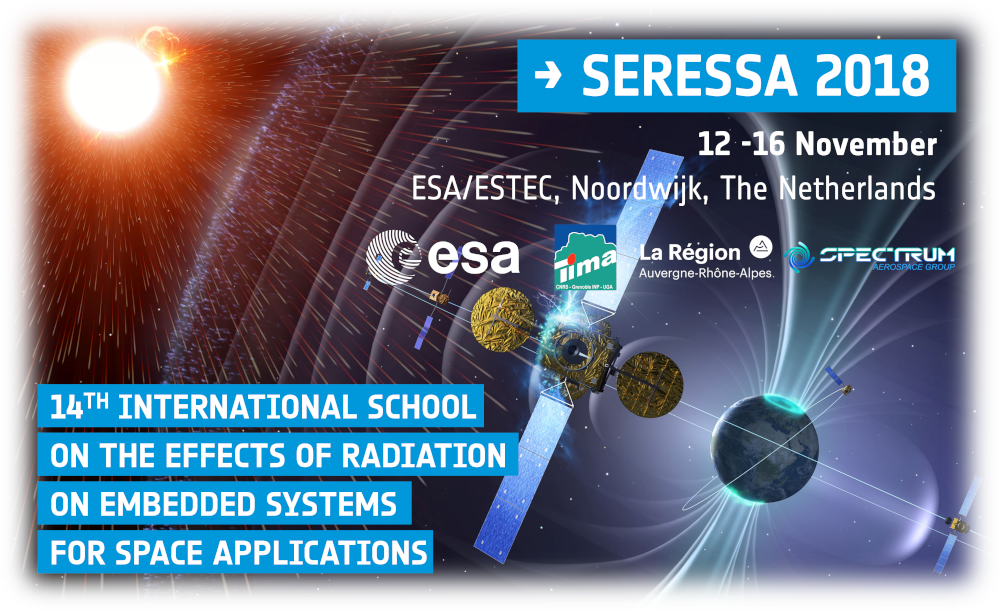Speaker
Description
The ATHENA mission is an on-going X-Ray spacing observatory project of ESA, dedicated to the scientific theme « The Hot and Energetic Universe ». The 12-meter telescope will work in a halo orbit around the second Lagrangian point (L2 Sun-Earth) during its 5 year lifetime at the end of the next decade. The X-Ray spectral imager on board, X-IFU, based on 3840 superconducting microcalorimeters cooled to 50 mK, will provide a spectral resolution 10 times better than the best X-ray telescope nowadays.
The Warm Front-End Electronics (WFEE) subsystem is the first, non-cooled readout stage in the X-IFU detection chain. It is a mixed electronic system, including analog devices, such as the low noise amplifiers (LNA) and current sources for amplifying and biasing cryogenic stages. It also integrates digital devices: serial decoders RS485/I2C for configuring the current sources (current DAC). In the frame of the assessment phase (Phase A) of the mission, a first ASIC dedicated to the subsystem has been designed and tested. The ASIC is based on the 350 nm SiGe BiCMOS AMS technology, and integrates all the main functions needed for the WFEE.
In order to prevent the ASIC from the radiation space environment effects, RHBD (Radiation-Hardening-By-Design) techniques have been used to improve the radiation tolerance of the WFEE electronics. Their tolerances to the radiation effects TID and SEL have been tested and compared. The evolution of the main parameters of the LNA (gain and noise) and of the current source (output current and noise) with respect to different dose levels has also been measured. The measurements after irradiation show that the RHBD techniques are very effective for improving the radiation-hardened ability of the electronics circuits based on this technology. With the RHBD-enhanced design, the ASIC could fulfil the requirements of the ATHENA space mission.
Our poster will present the RHBD techniques used for the WFEE subsystem of X-IFU and the dose and latch-up tests done on the ASIC.

